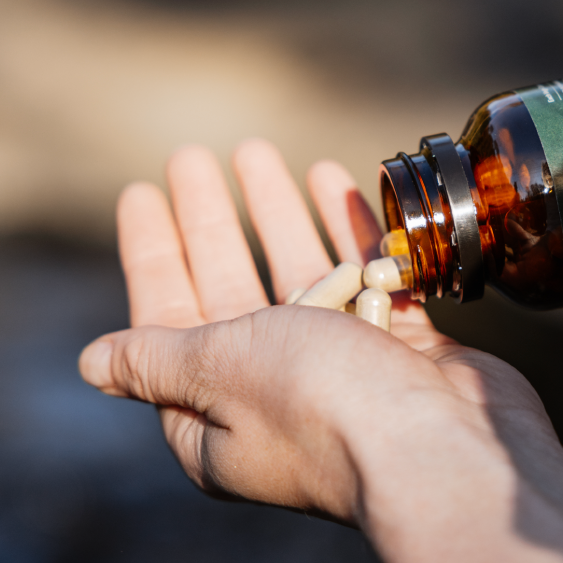For many of us, our liver health isn’t something we think about daily – unless something goes wrong. Yet, subtle signs can hint that your liver may be calling out for a little extra care. Ignoring these signs is like ignoring a ‘check engine’ light on your car’s dashboard. You can keep driving for a while, but eventually, the issue might lead to a breakdown.
As we move into the brighter, busier days of summer, it’s the perfect time to consider whether we’re supporting our liver or putting it under unnecessary strain. From the annoying roll of fat under the bra line or pec muscles that might suggest a struggling liver, to the energy dips that leave us longing for too many naps, our bodies often find ways to whisper before they start to shout.
Let’s walk through some of the signs that might indicate your liver could use a helping hand, so you can move into the warmer months not only feeling lighter but also with a revitalised sense of health and wellbeing.
Liver roll
Where we hold body fat offers us information about what’s happening inside our bodies. An increase in tummy fat can indicate insulin resistance is occurring, a thickening of the torso is often linked to excess cortisol. If you notice a roll of fat just under the bra line in women or the pectoral muscles in men, this visual clue could indicate your liver is ‘overwhelmed’.
Elevated cholesterol levels
The liver plays a crucial role in managing our blood cholesterol levels. The cholesterol we consume has minimal direct impact on blood levels for most individuals (although what we consume can directly impact liver function and hence blood cholesterol levels). Acting as a traffic controller, the liver regulates the distribution and reabsorption of cholesterol, which directly influences the cholesterol readings on blood tests. However, the liver’s efficiency can be compromised if it doesn’t receive adequate support, a situation heavily influenced by our lifestyle choices, and this can result in elevated blood cholesterol levels.
Stubborn body fat
When the liver is taxed and cannot efficiently process ‘toxins’, these toxins have to go somewhere and so the body has a backup system – it stores them in places such as our bones, brain and fat cells. This storage can make it particularly challenging to lose body fat, as the body retains the fat to keep the stored toxins from circulating.
Recurring headaches
An overwhelmed liver may fail to effectively break down toxins, leading to more frequent headaches as these toxins linger in your system.
PMS or challenging perimenopausal symptoms
The liver plays a critical role in managing sex hormone levels, including estrogen and progesterone. When the liver is overwhelmed or functioning suboptimally, it can struggle to effectively metabolise these hormones, leading to hormone-related symptoms. This can intensify premenstrual syndrome (PMS) symptoms and contribute to more painful, heavy, and clotty menstrual cycles. It can also exacerbate perimenopausal symptoms. Essentially, when the liver can’t regulate hormones efficiently, excess hormones or concerning forms of estrogen can circulate in the body, exacerbating the impact on a woman’s cycle through all stages of life.
Skin breakouts or rashes
The main roads of elimination of waste out of the body are via the bowels and urine. Yet if the liver is overwhelmed, the skin can become a ‘secondary exit ramp’. As such, congested or inflamed skin can be an indication that your liver is not currently able to keep up with its load.
Waking Between 1-3 AM
Your liver, an essential multitasker, not only does critical detoxification work and produces proteins, but it also stores crucial nutrients. According to Traditional Chinese Medicine (TCM), each organ has a specific time during which its activities are heightened, with the liver’s peak hours being from 1 to 3 am. Modern chronobiology, which studies biological rhythms, supports this ancient view, suggesting that disruptions in our sleep cycles can influence organ function, particularly the liver’s.
During these early morning hours, the liver is actively engaged in detoxifying the blood, metabolising fats, and processing various biochemicals. Normally, this process does not interrupt your sleep. However, if the liver is overburdened – due to excessive alcohol consumption, eating too many ultra-processed foods, exposure to environmental toxins, or prolonged stress – it may struggle, leading to sleep disturbances or nighttime overheating.











